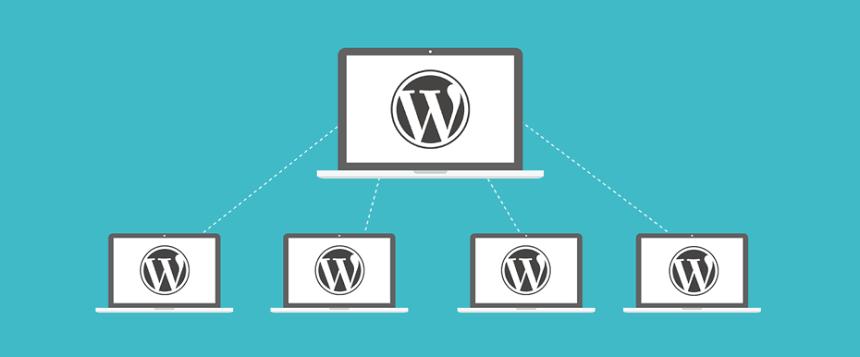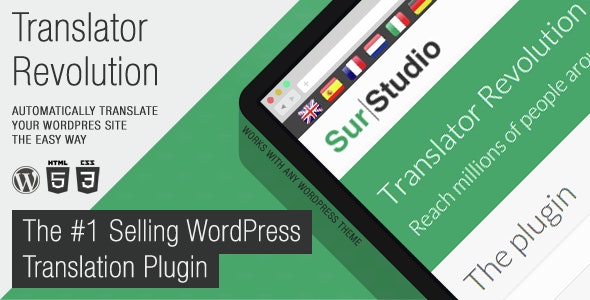Do you own a WordPress website and thought about reaching out to a global audience?
Thinking of stepping up your brand recognition and marketing strategy? Then consider translating your website.
But you might be wondering if translating your website is just as easy as copy pasting your content through a translation software? You definitely can, and there are people that do it, but are you certain that you will get accurate and quality results?
Whether you’re a content creator or e-commerce merchant, and you really want to gain international brand recognition, then website translation should be a part of your overall operations.
But you may be asking why should you anyway, since English is considered as the de facto language of the Internet. Well, it was for the time being but now, not every web user speaks English.
There actually is an unprecedented number of non-English content being uploaded every year. Add that equation with the increasing number of non-English users.
This is a simple but informative article showing you steps on how you can translate your WordPress website.
Developing a WordPress Framework Ready for Multilingual Content
WordPress Translation Plugins

What’s great about WordPress is that you’re definitely spoiled for choice in plugins. There is a plugin to serve the needs of every discerning WordPress developer.
In the context of translation plugins, you have to keep in mind that there are actually two different kinds. One involves featuring a convenient interface for the user to manually type their translations, thus giving them more quality control options.
Ajax Translator Revolution WordPress Plugin
Translator Revolution WordPress Plugin is a user-friendly, highly customizable WordPress translation plugin. It works making it simple to get started, but powerful enough to create highly customized translator setups.
This is an automatic translation plugin, which means that you won’t have to spend countless hours manually translating your website. It can take a up to a minute, yes a single minute, to have it running and have your website in multiple languages, is that simple.
A couple of worthy translation plugins to mention include TranslatePress, WPML, and Polylang, and some others.
The other type of translation plugin relies on automated translation. These plugins use AI to do the translation work for you. You’re probably familiar with at least one.
Google Translate is the most widely used A.I. translation service. As for its quality, we’ll discuss later in the article about why automated translation might not be the best service for any website developer or content creator.
WordPress Multisites

WordPress Multisite feature allow you to create multiple sites run by a single WordPress installation, hence the term. This is a great option as it allows you to custom design websites that are running on your chosen translated files.
Instead of having a one-size-fits-all website, multisites allow you to further tailor your content and themes to your target audience. An advantage of having a multiside is convenience.
Since they’re all integrated under the same WordPress installation, it provides you with a central network to manage your different sites so
that you don’t need to waste time switching to different accounts. That can make all the difference in terms of convenience and user experience for the website developer.
Limitations of Automated Translation

Even though automated translation software claim to support nearly all languages, the truth is that not all languages receive equal support and resources. What I mean is that there is more support for languages such as Spanish, French, German, and Chinese than other uncommon languages such as Welsh.
This disparity might not be much of an issue to those that do speak popular languages, but to those that don’t are operating at a significant disadvantage. Minority language speakers don’t enjoy the same type of support and resources as speakers of popular languages do.
Another major disadvantage of automated translation software is their accuracy – specifically their lack of. Even though advancements in translation software has indeed come a long way since its early years, it’s still not enough to deliver accurate results.
They’re only appropriate for short phrases and single word translations. This may be enough for a backpacker as a resource during their time abroad since survival phrases is all they’ll never need.
But if you’re a website developer and your content contains texts and other digital media that has specific contextual nuances, then automated translation will be of little use.
Hiring a Professional Translation Agency

If you have the funds and resources to level up your website translation quality, then get in touch with a quality translation agency. A key thing to take note of is that translation agencies hire humans.
This means they understand context, especially in areas that involve culture, creativity, and in other sensitive areas where mistranslations can alter the entire meaning.
It’s an investment rather than cost since not only do they guarantee accurate translation, they also provide localization services. Localization is the process of adjusting content that is culturally appropriate to its target audience.
Translation agencies coordinate with professional translations with native-speaker capabilities all over the world. This means they have the capability to pay attention to linguistic nuances of your target audience i.e. vernacular and dialects.
Localization is to ultimately make sure that your content resonates deeply to your target audience. Truth be told, the costs that you pay to a professional translation agency is peanuts compared to the costs of inaccurate translations and cultural faux pas. When going global, it’s best to
contact the right people for the job.
Conclusion
Other than the potential benefits already mentioned throughout the article, a properly translated website also leads to a higher SEO ranking. This is a natural byproduct of increased traffic and brand mentions your website gets.
Also, a global reach will allow you to establish a digital foothold in various multilingual audiences, thus allowing for meaningful communication.
When planning your website translation strategy, it’s best not to cut corners.
It should perhaps be evident by now that translating a website is more work than it might seem. Although it’s very tempting to use free automated translation apps and software, is the convenience really worth the price?
Of course, every website developer and content creator has different objectives. In specific situations, an automated translation app is just what they need and that is totally fine.
However, if you’re in a position where accurate translations and localized content is what you expect, then human translation is the way to go.
What do you think about translating your online business, I have discussed everything in detail How to Translate a WordPress Website in 2023?
